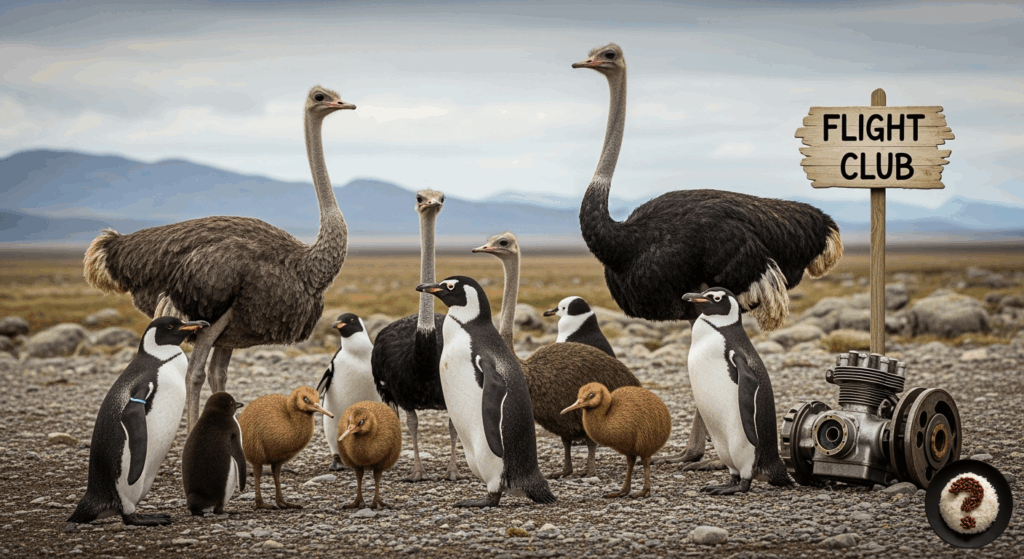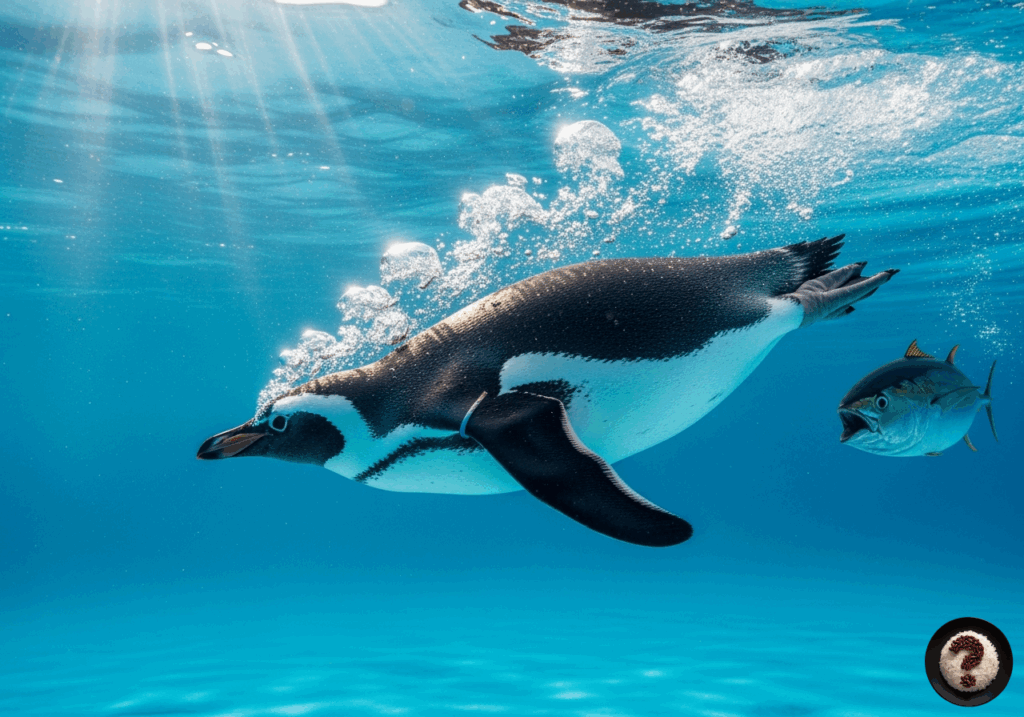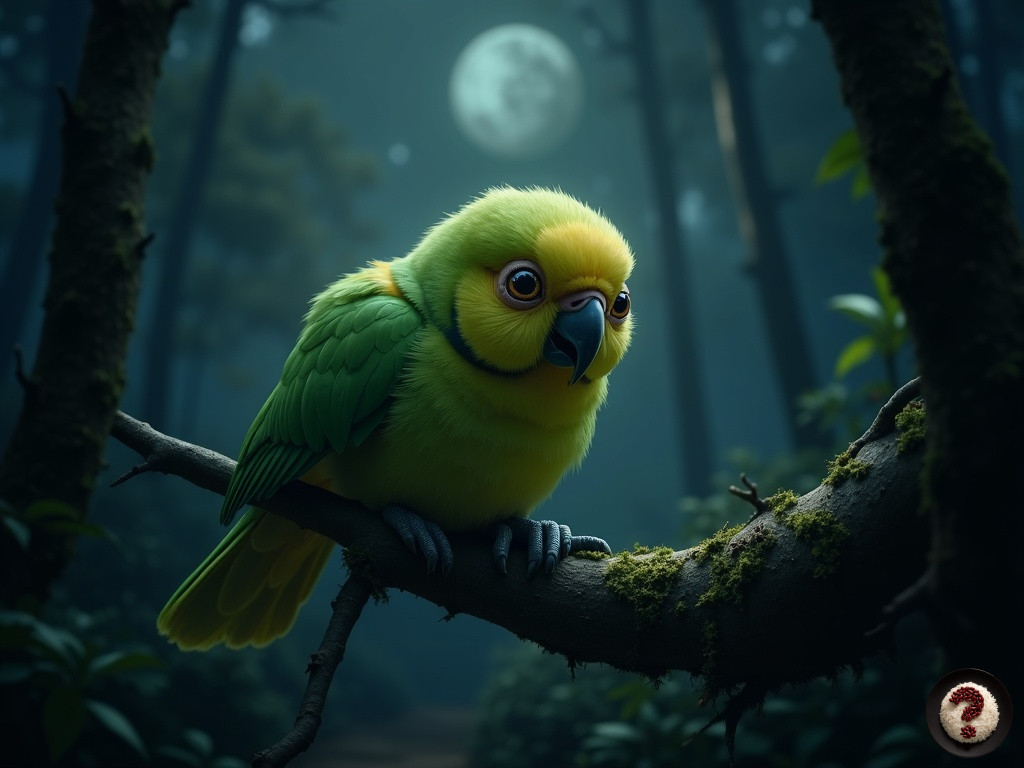
The Flightless Birds Club: Got Wings, No Engine!
When we look at nature, birds are generally associated with the sky. They are symbols of freedom, partners in the dance of the clouds, and the wind’s most loyal friends… until you encounter an ostrich or a penguin! That’s because these guys belong to the “bird” class but have opted out of the “flying” part. But why don’t some birds fly? Are their wings just for show? Why do flightless birds surprise us so much?
Let’s start with the facts: Yes, many birds can’t fly. They just walk or swim. Species like the ostrich, penguin, and kakapo (a type of New Zealand parrot) are members of the club that said, “We don’t need to fly.” But this doesn’t mean they are unnatural. They are just birds who are a little more conscious of gravity.
Scientists explain this situation quite logically: In the evolutionary process, some birds became better suited to living on the ground rather than flying. For example, being able to swim is a bigger advantage than flying for the penguin living in the South Pole. The ostrich, meanwhile, can run like it has jet engines in the savannas, probably thinking, “I’d rather outrun the rabbit than go fast by flying.”
But we must admit that these birds’ inability to fly provides a lot of material for comedy. Imagine: The ostrich is nearly 2.5 meters tall and weighs over 100 kilos! It’s clear that nature designed a bird that “it didn’t want to fly.” It has wings, but it’s as if they were included only to say, “We added them so you wouldn’t feel sad.”

Penguins: Submerged Style
Among flightless birds, penguins are a separate category entirely. These birds, who look dressed in tuxedos, walk as if participating in a “polar catwalk competition.” Their lack of flight seems to be a matter of style. They have the confidence to say, “We learned how to swim, and not just casually; when we dive, even the tuna gets jealous!”
The kakapo is a completely different character. It’s New Zealand’s nocturnal, flightless, slightly plump parrot. Everyone in the scientific community who knows it smiles. That’s because, besides not flying, the kakapo’s other trait is being “remarkably clumsy.” Despite being endangered, it has won everyone’s hearts. It probably survives by filling the “cuteness quota.”

A Social Choice
In the bird kingdom, not flying seems to be a social choice, not just a biological one. Who knows, maybe in a penguin family, you might encounter someone who says, “We are ancient noble seabirds; we left the aerial cruising to the common folk.” Or perhaps ostriches hold secret wing days, saying, “Kids, it’s just for visual demonstration.”
Let’s be honest; we are also creatures who sometimes want to “fly” but can never leave our couches. For us, who can’t get out of bed when the alarm rings in the morning, flightless birds are a reflection of our soul. The equivalent in the animal kingdom of the excuse, “I could go, but my shirt isn’t ironed,” is perhaps the ostrich running without flapping its wings.
Of course, let’s not be unfair to these birds. Even if they don’t fly, they are perfectly adapted to their habitats. The graceful glide of penguins underwater and the running mastery of ostriches are indicators of the evolutionary medals they have earned. They may not fly, but they have quite “outlandish” features in their own way.
In conclusion, some birds don’t fly because they represent the philosophy in the animal world that “you don’t have to fly, just find your path.” You can be stylish like a penguin, remain agile like an ostrich, or make a difference with cuteness like a kakapo. Flying is a preference; sometimes, standing firmly on the ground in life is also considered freedom. 🐧🕊️
Note: This blog post is based on scientific information, but we cannot be held responsible for the laughter caused by the added dosage of humor. Laughing is free; flying is optional. 😄
